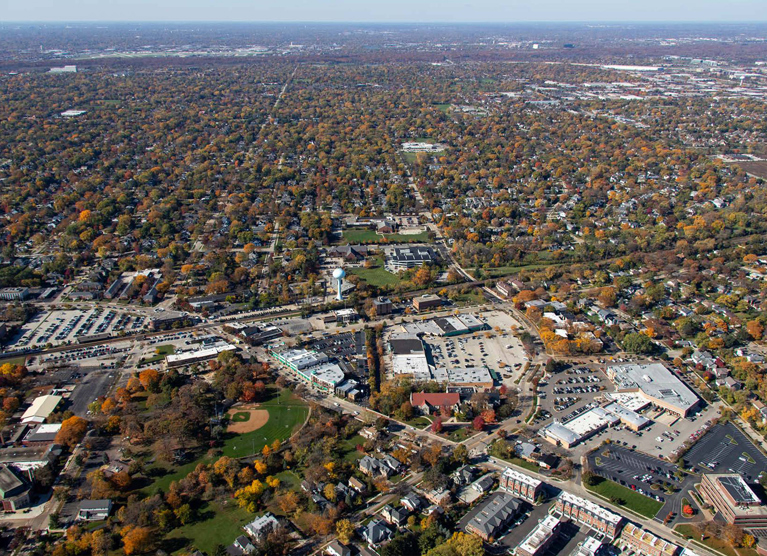
Bikers aren’t usually the type to complain about their injuries, but muffler burns are a pain! If you suffer a muffler burn on your leg, treatment varies depending upon the severity. And it goes without saying: if you have a severe injury, please visit your physician for a full assessment and treatment.
Burns vary in severity, and although some can be treated at home, more severe burns may require medical treatment. The motorcycle muffler can reach 500 degrees. It only takes a second to burn the skin.
Muffler burns are generally first or second-degree motorcycle burns. First degree burns present with redness and tenderness in the burned area and often look like a bad sunburn. These burns affect just the outer layer of the skin. They may be swollen but usually do not have blistering.
Second-degree burns are more severe. They affect but the upper and lower layer of the skin (the dermis). They appear red and swollen and often have blisters. Second degree burns are usually incredibly painful and are prone to infection.
Third degree burns are full thickness burns. They may appear white or blackened and the skin may be charred. Third degree burns often are painless, despite being very severe. If you believe you may have a third-degree burn, seek medical attention immediately. Do not hesitate to visit a medical center for your muffler burn if it occurs on a sensitive part of the body.
Muffler Burn First Aid Home Treatment
1. Apply clean, cool water to the area of the burn. Never use ice or cold water as it can further the injury. Instead, flush or submerge the area in water that feels slightly cool to the touch. If you do not have access to a source of running water, you can substitute a clean compress that is saturated with water as a compress. Keep the area wet for about 15 minutes.
2. Take a pain reliever such as acetaminophen or ibuprofen to manage the pain. Often the initial pain goes away as the body releases adrenaline, but keep in mind that the pain will often return once you recover from the initial shock of the injury. It’s best to take a pain reliever as soon as the injury occurs.
3. Do NOT pop any blisters! Breaking the blisters can cause infection. Also, do not apply butter, ice, or ointments. These can all cause infection in the damaged skin. Treat the burn with care and avoid any excess pressure.
4. Cover the burned area loosely with sterile non-stick bandages and secure. Do not apply pressure to the burned area.
5. As the burn heals, remember to monitor it for signs of infection. Burned areas of the skin are prone to infections. Signs of infection can be increased swelling and pain.
Seek Medical Attention for Muffler Burn If:
· The blistered area is larger than 2 inches in diameter or is oozing.
· You notice signs of infection like fever, swelling, increased redness, oozing, or increasing levels of pain.
· You have not had a tetanus shot in the last 10 years.
· Redness spreads beyond the burned area or tissue damage is widespread.
· Pain lasts longer than a few hours.
Remember that if you are unsure of the severity of your burn or you simply have concerns about your treatment, contact a physician. The internet offers a wealth of information, but it shouldn’t be viewed as a substitute for proper medical care.
At Kass & Moses Personal Injury Lawyers, we know that motorcycle riding comes with risks. Whether it’s a muffler burn, road rash, or a concussion from a crash, injuries can present a setback and can interfere with your wellbeing. That’s why it is important to have an experienced motorcycle crash attorney on your side if you are involved in a crash.
The insurance adjuster is not your friend: they are simply looking out for their bottom line. If you were injured in a motorcycle crash, you need a professional on your side. Contact the team at Kass & Moses Personal Injury Lawyers today for a full assessment of your case.
Contact Our Northbrook Motorcycle Accident Law Firm Today
If you were injured in an accident in Northbrook, IL, and need legal help, contact our Northbrook motorcycle accident lawyers at Kass & Moses Personal Injury Lawyers to schedule a free case review today.
Kass & Moses Personal Injury Lawyers
601 Skokie Blvd Suite 401
Northbrook, IL 60062
(847) 513-9582

